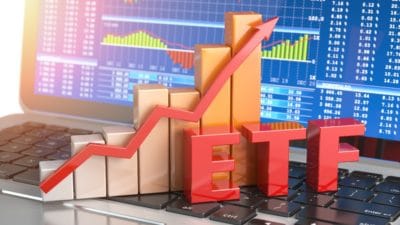There has been a lot written about Corus Entertainment Inc. (TSX:CJR.B), and over the past number of years, it is has been a polarizing company among investors. The company has significantly underperformed the market with its share price losing almost 70% of its value over the past five years. However, income investors have been enamoured with its impressive yield. This week, Corus reached new 52-week lows, and its dividend yield is now above 14%. This is a staggering number, and the sustainability of the dividend has come into question. Is the dividend safe?
It is important to recognize that in 2016, Corus made the transformational acquisition of Shaw Media for $2.65 billion. The acquisition was financed with cash and shares, which almost doubled Corus’s share count. As part of the agreement, Shaw shareholders agreed to receive their $1.14 annualized dividend in additional Corus shares via its dividend-reinvestment plan (DRIP) until at least August 31, 2017. After this date, investors could choose to either continue receiving their dividends via the DRIP or transition to cash. This was an important clause, as it allowed Corus to use its cash to pay down debt during the lock-up period.
One of the most common metrics used to analyze a company’s dividend is its payout ratio. The dividend-payout ratio is equal to the dividends paid out by a company in relation to earnings. Corus’s payout ratio is currently sitting at 117%, which is not a good start. In other words, the company is not generating enough earnings to cover dividends paid. Likewise, the company’s retention ratio is negative, which means that the company is not generating enough money to reinvest in core operations, invest in growth opportunities, or pay off debt.
The problem with the dividend-payout ratio is that it contains non-cash items. Given that dividends are a cash expenditure, it is more relevant to compare its dividends against cash flow. The best metric to use is free cash flow (FCF), which strips out any non-cash expenses found in earnings and excludes capital expenditures (capex). FCF measures a company’s ability to pay down debt and cover its shareholder-return program. In the first quarter of 2018, Corus reported FCF of 83.215 million — a 145% increase year over year. In the period, dividends accounted for 74% of FCF.
Considering the company has significant debt on the balance sheet, the high payout ratio as a percentage of FCF is problematic. In the first quarter, the company did not generate enough FCF to cover both debt and dividends, and its cash balance dropped. This should be of concern for income investors. As of this past September, Shaw Media investors had the option to receive their dividends in cash. The first-quarter results ending November 30, 2017, is the first quarter that is reflective of the expiry of the DRIP requirement, and Corus came up short on cash.
Bottom line
Corus paid a hefty price to acquire Shaw Media, and the company has yet to fully achieve the synergies it promised when the deal was first announced. Unfortunately, this underperformance has led to significant pressure on its share price, and its yield has risen astronomically. A yield of this magnitude is not sustainable and not an appropriate use of cash for a company over the long term. It operates in a high-capex environment and needs to reinvest in its business if it wants to thrive. If operations don’t improve over the next few quarters, the prudent move would be a dividend cut.









